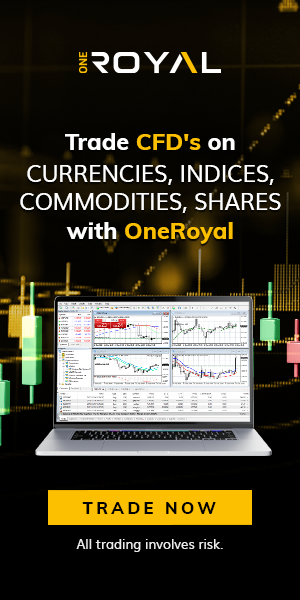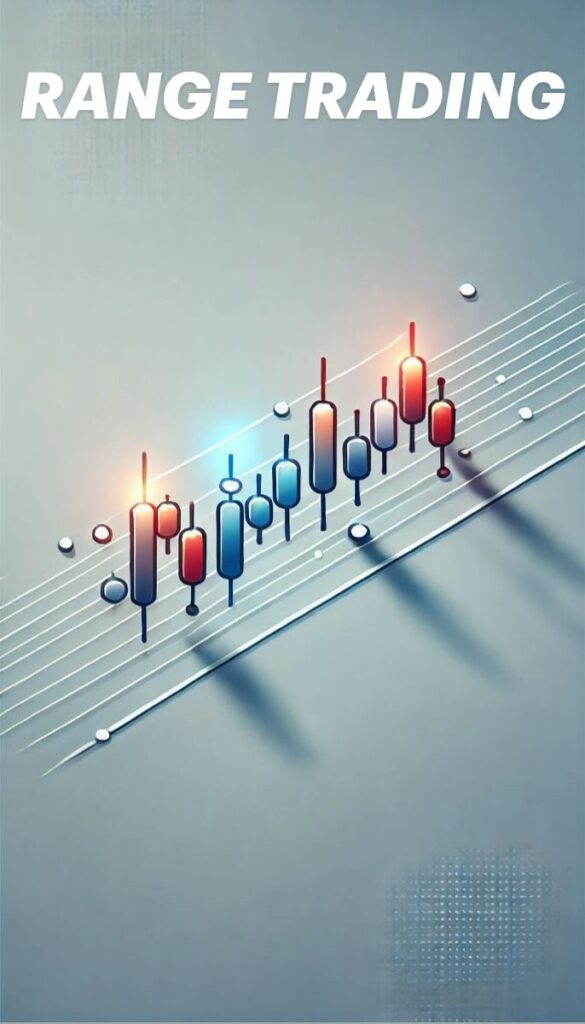A Range trading refers to periods when the price of a financial instrument moves sideways, fluctuating within a specific price band. During these times, the market does not show a clear trend, oscillating between levels of support and resistance. Traders can take advantage of these price fluctuations by adopting a range trading strategy.
In This Post
Understanding Range Trading
A trading range occurs when the price of a financial instrument remains confined to a limited area, typically between defined support and resistance levels. The lack of a dominant trend presents opportunities for traders to purchase at lower prices and sell at higher prices or vice versa within the established range.
What are some risks involved?
One significant risk and limitation of range trading is the need for accurate market timing, meaning it is crucial to know when and for how long an asset may trade between two prices. It can lead to losses if the price of the asset does not move as you expect within your designated timeframe.
Advantages of Range Trading
Defined Risk: With clearly established support and resistance levels, traders can effectively implement stop-loss orders to manage risk.
Predictable Price Action: The ranges established by traders create a foreseeable market environment where they can take advantage of recurring price patterns.
Multiple Opportunities: The oscillating price movements within a trading range provide numerous trading opportunities.
Disadvantages of Range Trading:
False Breakouts: Traders operating in ranges must be wary of false breakouts, which may trigger stop-loss orders before the price returns to the established range.
Limited Profit Potential: In contrast to trending markets, trading ranges typically offer reduced profit potential due to smaller price movements.
Ineffective Trend-Following Strategies: Strategies that follow trends may not perform effectively in markets constrained by a range.




